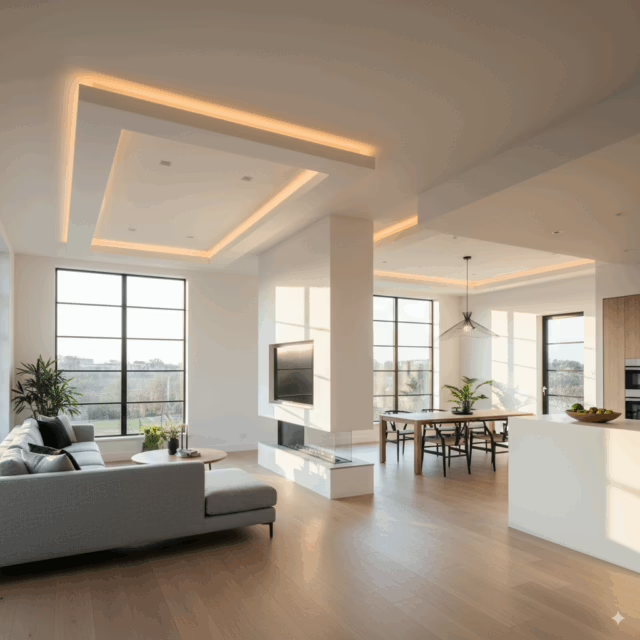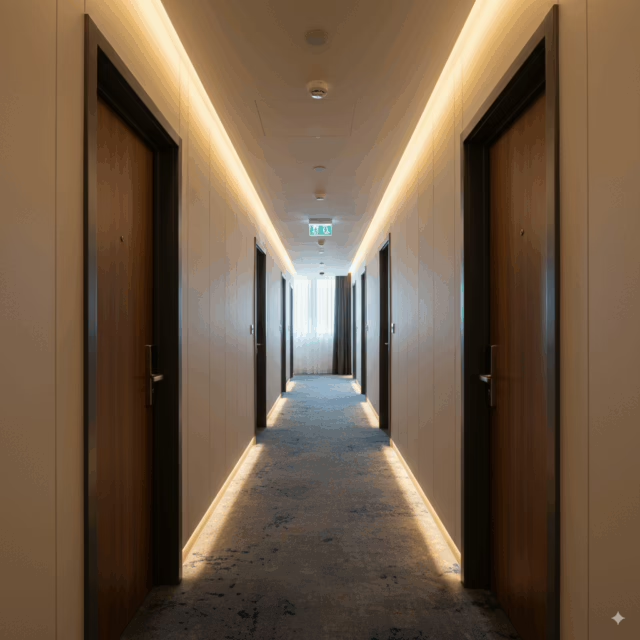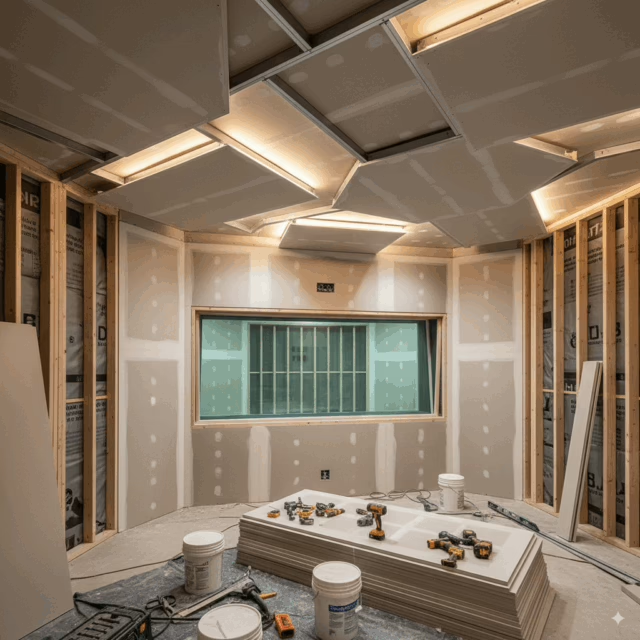Homeowners, builders, and facility managers ask the same question: can drywall improve earthquake resistance? Strictly speaking, drywall is non-structural. Even so, the right assemblies and details greatly reduce damage, downtime, and hazards during seismic events. Therefore, you should consider how gypsum systems interact with framing, ceilings, and fixtures.
Below, we explain what drywall can and cannot do, and how to design interior partitions that perform when buildings sway.
What does drywall do in seismic design?
Drywall protects occupants, finishes, and MEP systems. It also contributes to earthquake resistance by:
- Limiting debris when detailed for movement
- Protecting egress paths with fire-rated walls
- Stabilizing non-structural partitions with bracing
- Reducing crack patterns via control joints and deflection tracks
However, the structural frame and shear walls resist lateral loads. Consequently, drywall should be detailed to move with the structure, not fight it.
👉 See how we engineer interiors for resilience on our Services page.
How to enhance earthquake resistance with drywall
1) Use seismic deflection (head-of-wall) tracks
Allow the slab and structure to drift while the wall survives. Slotted or deflection tracks provide vertical slip. Then, use fire-rated, flexible sealants to maintain compartmentation.
2) Add control joints and movement points
Long walls need relief. Therefore, place gypsum control joints at planned intervals and around openings. This strategy channels stress and reduces random cracks.
3) Brace non-structural partitions correctly
Add compression posts or lateral bracing at the top of tall partitions. Where required, install seismic clips. As a result, the wall resists flutter and impact.
4) Choose the right board and layers
Type X improves fire endurance and robustness. Double-layer systems increase stiffness and damage tolerance. Moreover, cement board in wet zones avoids post-event mold.
5) Detail openings, corners, and terminations
Reinforce door frames and window heads. Use impact-resistant beads at corners. Additionally, back blocks with plywood or steel where you mount cabinets or screens.
6) Coordinate MEP penetrations
Grommet or collar every penetration. Then, seal with flexible, fire-rated materials. This preserves both earthquake resistance and fire performance.
Learn how our team coordinates trades for seismic interiors on our About Us page.
Seismic ceilings and soffits with drywall
- Suspended ceilings: Use splay wires, compression posts, and perimeter clearances per code. Consequently, the plane stays intact when the structure moves.
- Gypsum soffits: Provide hangers and lateral bracing. Also, decouple at building joints to avoid tearing.
- Access panels: Specify positive latches to prevent panel drop.
Need a compliant scope? Contact the pros at HD Drywall.
Common code and best-practice notes
While local requirements vary, successful seismic interiors typically include:
- Drift-tolerant head-of-wall joints
- Specified fastener patterns for seismic zones
- Stud spacing sized for wall height and drift
- Documented control-joint layout and sealant types
- Verified anchorage for heavy items (TVs, casework, rails)
Therefore, coordinate early with the structural engineer and AHJ. We align details with IBC/ASCE provisions and manufacturer listings to support earthquake resistance and inspections. Follow our project updates on Facebook.
FAQs: Drywall and earthquake resistance
Is drywall itself earthquake-resistant?
Drywall is not structural. Nevertheless, seismic detailing makes walls safer and more durable during quakes.
Can gypsum board act as a shear wall?
Exterior gypsum sheathing can be part of rated shear assemblies. Interior finishes rarely count unless specified. Ask your engineer.
How do I prevent drywall cracks in earthquakes?
Provide deflection tracks, control joints, and flexible sealants. Additionally, brace partitions and protect corners.
Do double-layer walls help?
Yes. They improve impact tolerance and reduce damage. Consequently, repairs cost less after an event.
Final take: Plan for movement, not miracles
Drywall does not stop earthquakes. Yet, thoughtful detailing dramatically boosts earthquake resistance for interiors. When you combine deflection tracks, control joints, bracing, and flexible firestops, you reduce damage, protect egress, and speed reopening.
Ready to design interiors that bend, not break? Start with a seismic review and a detailed submittal package from HD Drywall. For estimates, reach our team via the Contact page, or learn more at hd-drywall.com.





